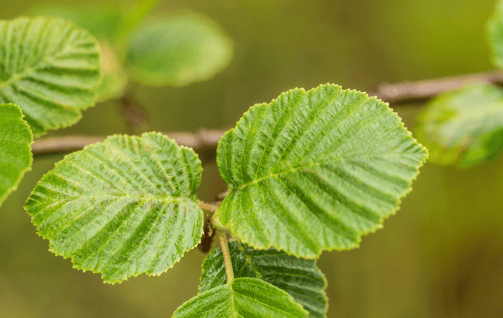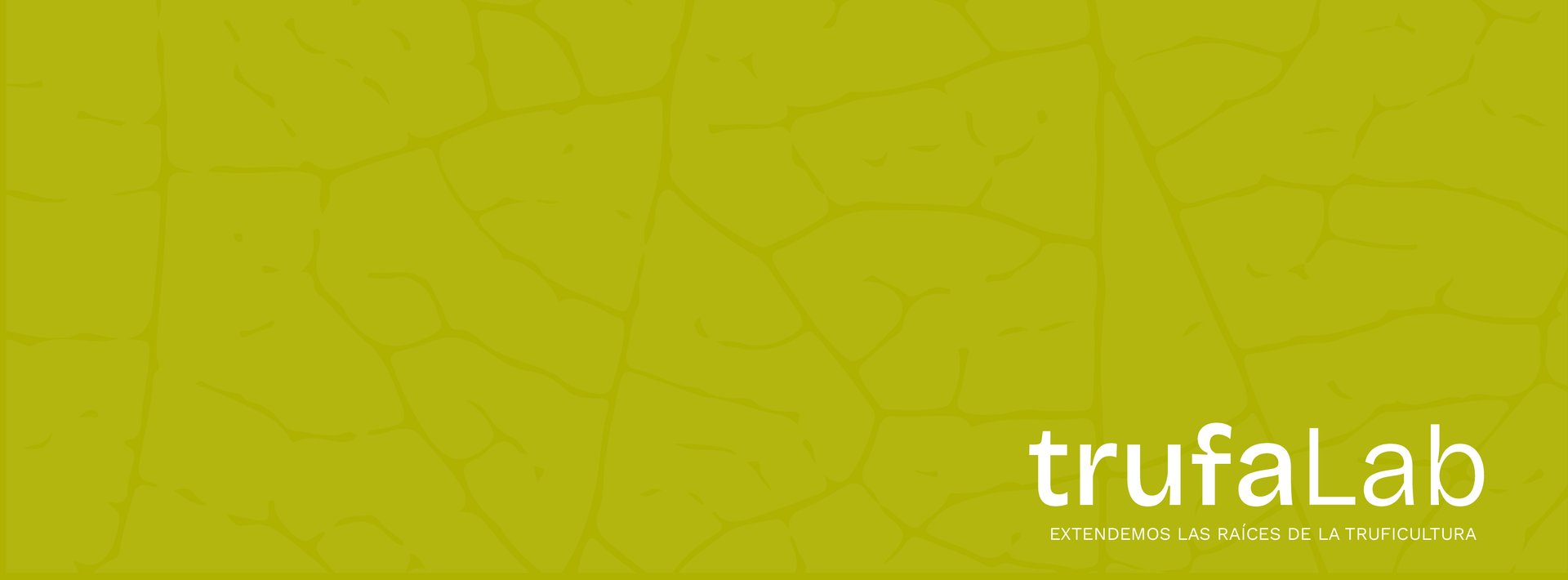
Certified inoculated trees
Know your truffle trees
Starting a black truffle plantation is a long-term endeavor. That is why it is essential to know from the beginning the plants that are taken to the field. It is also very important, before starting the plantation, to understand the soil and climate of our plot to know if the chosen field has the necessary conditions to develop truffle growing.
One of the ways to know well the status and percentage of mycorrhization of the plants, which are ready to be taken to the field, is through an evaluation of plant structure and an analysis of ectomycorrhizae to determine the percentage of mycorrhization with Tuber melanosporum and possible contaminants.
Because of the importance of ensuring correct mycorrhization and our commitment to generate quality plants to expand Argentine truffle farming professionally. All batches of plants that we make in our nursery are randomly sampled in quantities representative of our production. To then send the sampled plants to an institution external to our company to determine the percentage of mycorrhization with T. melanosporum of the plants and also evaluate their structure.
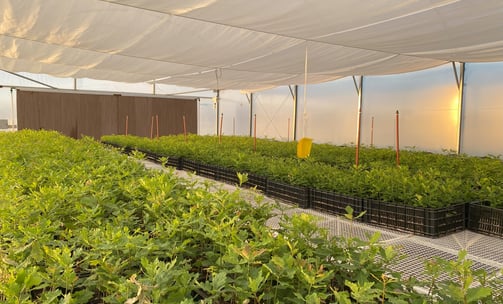

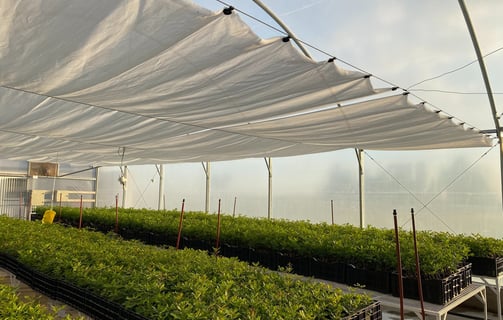


Quercus robur
Commonly known as oak. This tree species has a high growth rate, compared to other species used as a host for Tuber melanosporum.
It generally has an early entry into truffle production at least 4 years from when it is planted.
Its yield varies between 20kg/Ha. at 80kg/Ha. from the tenth year.
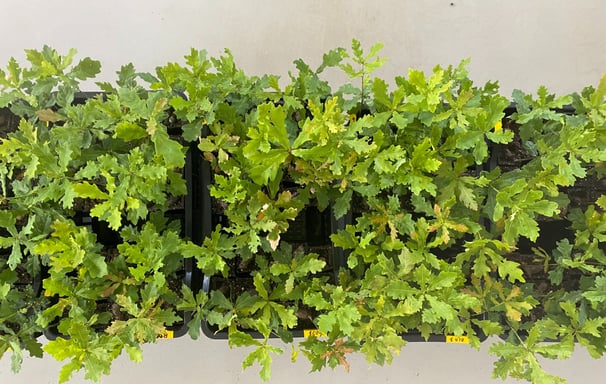

Quercus ilex
The oak is a robust plant that has a slower growth rate than other host species of Tuber melanosporum.
Usually, their entry into production is slower, taking at least 5 years.
Its yield varies between 20kg/Ha. at 80kg/Ha. from the tenth year.
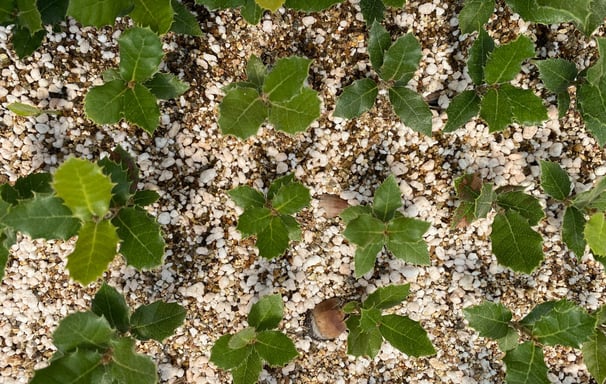

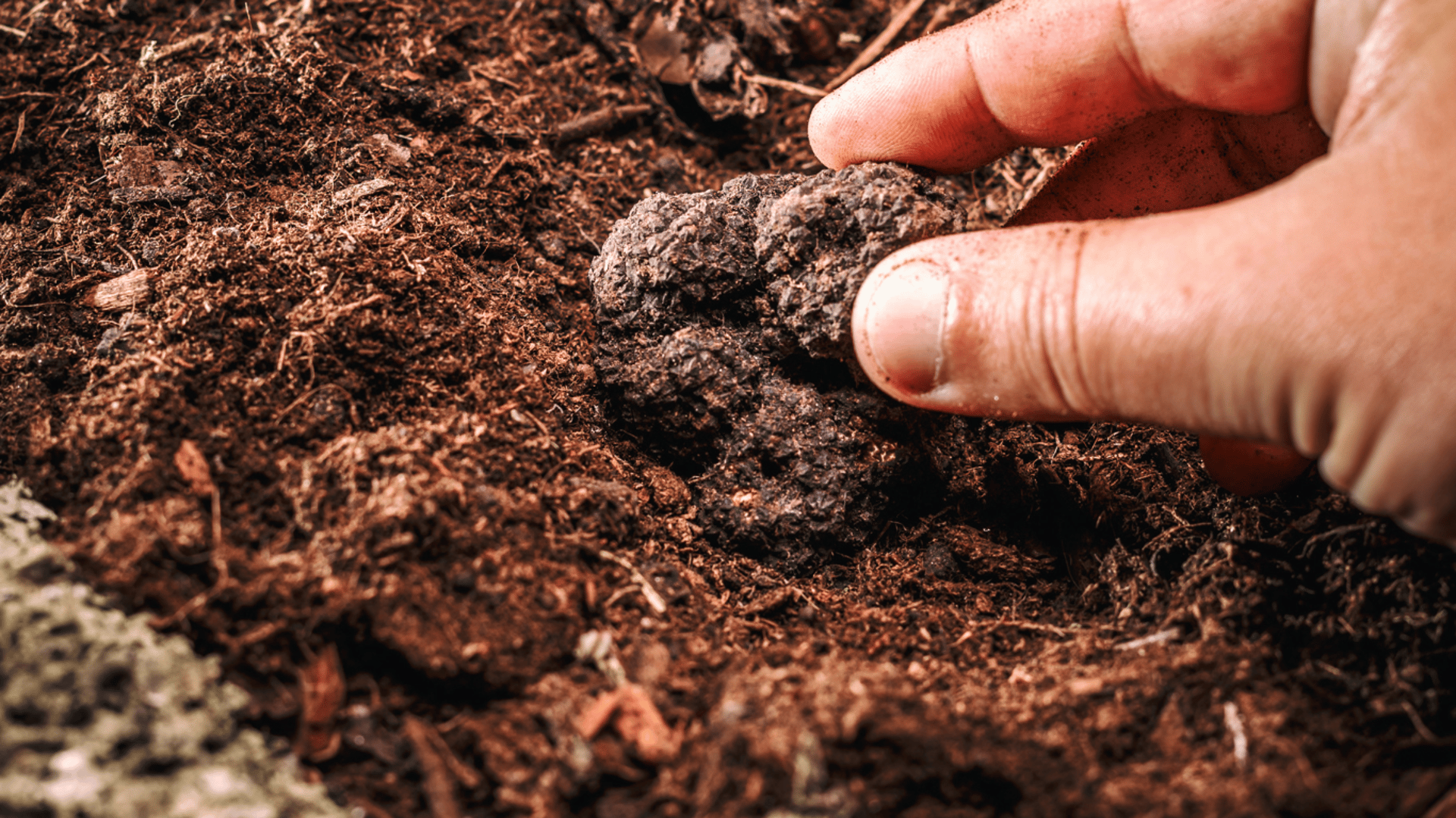
What is in the roots?
Each of our plants is inoculated, in adequate quantities, with Tuber melansporum. We make the inoculum in our laboratory to ensure that it is free of contaminants. This same inoculum can be used to make spore contributions in already established truffle plants and also to make your own mycorrhizal plants.
The mycorrhizae generated in our trees after inoculation are those that, accompanied by correct work in the field and with the appropriate climatic and edaphic conditions, will give us the fruit of their reproduction: the black truffle.
Having a quality plant with the appropriate percentage of mycorrhization is essential to start a truffle plantation.
For this reason, we carry out third-party certification of our batches of mycorrhizal plants to ensure that they meet the quality and mycorrhization standards suitable for being planted in the field.


